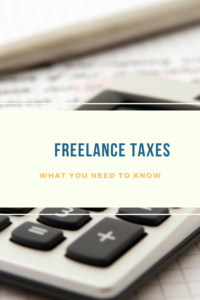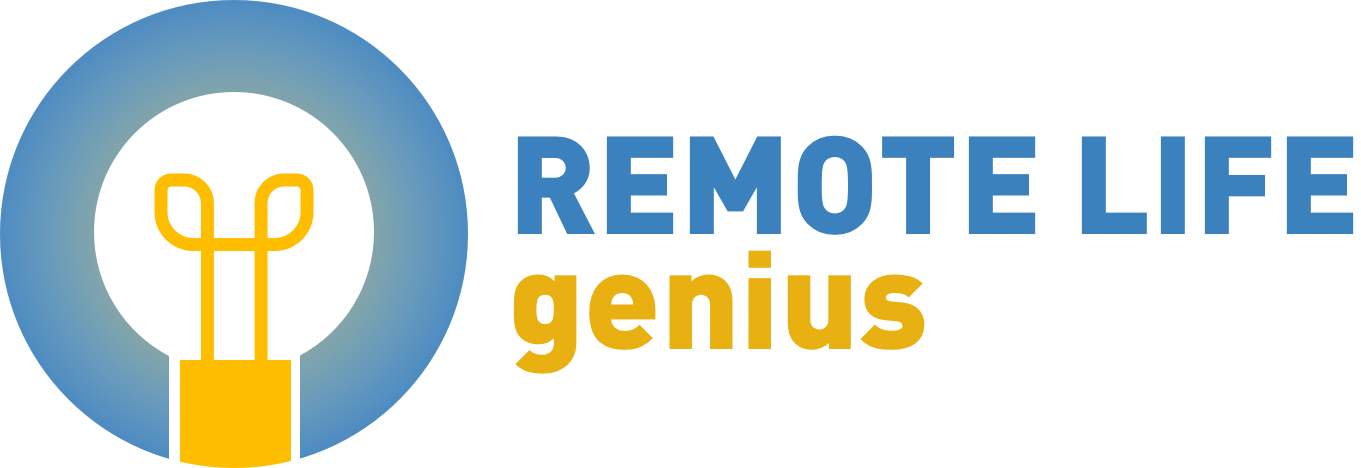
With great freedom (read: flexible time, location independence, being your own boss) comes great responsibility.
And if you’reworking as a freelancer, one of those forms of responsibility is taxes. Now, the main perk of working for yourself is that you earn all of the income derived from your work. But, you still need to pay taxes on all income. Plus, you’re a business (albeit, a one-person one), which means there are taxes to pay for that too.
If all of this seems overwhelming, don’t feel bad. Tax laws are complicated across the board, and it’s not something that’s commonly discussed or taught. Most people don’t fully understand taxes without an accountant or software to help.
Your first time doing taxes as a freelancer might be tricky but if you get a good grasp of the basics, it gets better.
So, let’s dive right into it.
Page Contents
Income Tax
If you’ve ever worked a salaried job (part-time or full-time) then your taxes were taken out of your paycheck automatically. You might not have even noticed these until your W-2s came around.
This money is what goes to Social Security and Medicare. When you’re working as a freelancer, this turns into self-employment tax or SE tax. The total SE tax rate is 15.3%, which breaks down to 12.4% for Social Security and 2.9% for Medicare. These are reported on your Schedule SE form.
Income vs. Salary
On your April 15 tax return, you will have to report your net self-employment income. That’s where Schedule C comes in, it’s your Profit or Loss from Business. This form has five parts, and it starts with total income in Part I. Make sure that you only report income from your business.
Don’t include income that’s represented on a W-2. Those are filed separately with the 1040 forms. Part II covers your deductions, and Parts III through V are for specific business expenses. Schedule C will give you your net self-employment income which is used on Schedule SE and 1040 forms.
Estimating Quarterly Taxes
Since you earn all of your income as a freelancer and these taxes aren’t automatically deducted, you’ll make four estimated tax payments throughout the year. Estimated taxes are due quarterly, usually in April, June, September, and January. You can find the current schedule here.
You can choose to pay these monthly if that works better for you. Simply estimate your quarterly taxes and divide by 3 to get your monthly payment. But, if you are required to pay quarterly taxes and fail to do so, you may end up with fines and interest.
Many tax Softwares have packages specifically for self-employed individuals. We recommend TurboTax Self-Employed where you can save all your data, maximize deductions, and connect to your invoicing software. If you want the option to consult with a CPA and get year-round advice, you can opt for the TurboTax Self-Employed Live plan.
 Admittedly, this is probably the most complicated part of paying taxes as a freelancer. You can use the 1040-ES to figure this out, but we recommend working with an accountant. A good rule of thumb for your estimate is 20-30% of your total income for the past 3 months. It’s a good habit to set this amount aside every time you receive payment.
Admittedly, this is probably the most complicated part of paying taxes as a freelancer. You can use the 1040-ES to figure this out, but we recommend working with an accountant. A good rule of thumb for your estimate is 20-30% of your total income for the past 3 months. It’s a good habit to set this amount aside every time you receive payment.
Estimates aren’t always perfect. So what happens if you overpay or underpay? Well, if you overpay, you’ll receive a return when you file your taxes in April. If you underpay, you will owe the difference plus a small penalty fee by tax day in April. When in doubt, it’s better to pay on the higher end of your estimate if you can.
If you are unable to pay taxes
You still have to file in April. In terms of payment, you can opt for a payment plan or an extension. It’s recommended to pay as much as you can by April 15 to avoid penalties. If you find yourself in this situation, don’t panic. Plenty of freelancers have gone through this before. The IRS website gives you your full list of options here.
1099 Forms
In addition to your Schedule SE and Schedule C, you’ll have to report any 1099s that you receive from clients. This form tells the IRS how much you were paid by a client over the course of a year.
You should receive a 1099 form from every client that paid you more than $600 during a calendar year. These forms usually arrive by February of the following year. Even if a client fails to send you a 1099 form, you still need to report the income on your taxes.
Deductible Business Expenses
Here’s where some of the perks come into play. There are several deductions you can take when you are self-employed. Schedule C includes line items for common deductions.
![]()
Some common expenses are listed here:
- Accounting software
- Education (courses, ebooks, etc.)
- Food/drinks bought when meeting with clients (not sitting at the coffee shop working)
- Hiring an accountant/tax help
- Office supplies
- Professional services
- Social media software (Hootsuite, Buffer, Sproutsocial, etc.)
It’s important that you keep receipts for all deductions. While you can keep physical receipts, it’s better to use an expense tracker. You can also have a credit card dedicated solely to business purchases to simplify this.
Business bank accounts
You are not legally required to have a business bank account, but opening a separate one can simplify your life. You can open a bank account to track that income so you don’t have to do additional income-tracking. If you like, you can also open a separate bank account to set aside money for quarterly taxes.
For more information on creating a budget with variable income, check out How to Create a Budget as a Freelancer.
Top tips
When it comes to doing taxes as a freelancer, tracking everything is key. Take some early steps so that you can track income and expenses easily.
- Use an accountant in addition to software to help estimate quarterly taxes (these are deductible expenses!)
- Set aside 20-30% of income for quarterly taxes
- Use a separate bank account for all of your income
- Keep receipts for all expenses, even better, get a business credit card for these
If you don’t have an accountant already, you may want to consider TurboTax Self-Employed Live. It’s a combination of software and live CPA advice. You get access to the tax software and a CPA will check your return line by line to make sure you get the best deductions. In addition, you can schedule on-demand calls or check-ins with TurboTax CPAs whenever you have tax questions.
Remember, you’re running your own business now, so use professional tax help when you need it. If you underpay, overpay, or can’t pay you always have options. Check the IRS website to see what they are and don’t be afraid to reach out to ask for help.
Get the free 5-page business plan template for freelancers here
